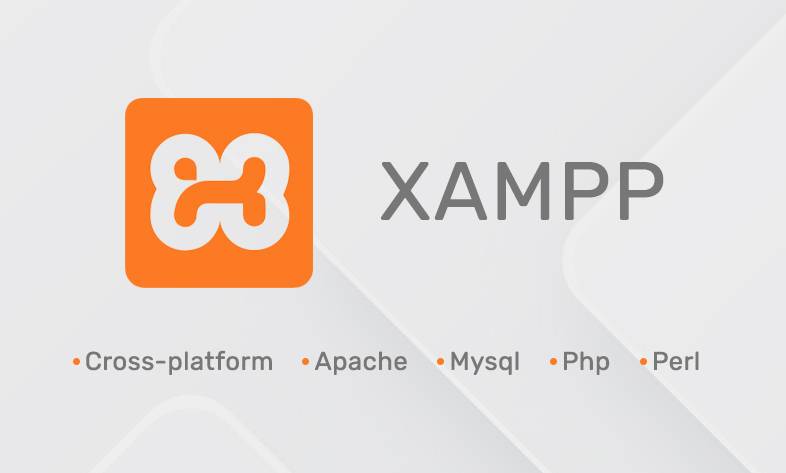Comprehensive XAMPP training course
XAMPP is the most powerful software for launching programming languages under Apache,such as PHP, as well as using MySQL in the local environment.
If you have any questions, ask!

XAMPP is the most powerful software for launching programming languages under Apache,such as PHP, as well as using MySQL in the local environment.
1. Introduction and familiarity with XAMPP
2. Introduction to Apache and web services
3. Working with MySQL and database management
4. Installing and Setting Up WordPress on XAMPP
5. Check XAMPP configuration and security files
6. Getting to know PHP and running PHP scripts in XAMPP
7. Managing Multiple Projects in XAMPP
8. Managing SSL and HTTPS in Apache
9. Review of useful plugins and tools in XAMPP
10. Publish projects from XAMPP to a real server
To run back-end programming languages as opposed to coding languages like HTML html, which by creating a page on your system, you can easily view its output, this possibility is not available for back-end languages.
Let's take an example, open an index.html page on your system desktop and enter the following codes through an editor and finally run it on the browser.
<!DOCTYPE html>
<html>
<head>
<title>Comprehensive XAMPP training course</title>
</head>
<body>
<p>Comprehensive XAMPP training course</p>
</body>
</html>
Now create a file named index.php and enter the following values in it.
<?php
echo "Comprehensive XAMPP training course";
?>
As you can see, the PHP file failed to run because it requires an agent rather than your code. process and prepare for display.
Here we need a web service to be able to run php files.
There are many web services for this work, including Apache, Ingenix Lightspeed.
In this example, we described a simple page, but our projects are definitely not that simple, and apart from php pages, it needs a database to collect information.
So if you want to write a project with php programming language and MySQL database, you need web service and database.
Setting up the above items on the local system is difficult and full of trouble.
This is where XAMPP can be extremely useful.
By installing XAMPP and using it, you can easily install both the Apache web service, MySQL database, and the latest version of PHP through this software without any headache.
Of course, don't worry, if you need a special version of php, you can install that special version.
In general, XAMPP allows you to easily install, test, and finalize your projects locally.
In this comprehensive training published by Itroz digital agency, we will cover all the features of this powerful software.
You can easily run websites, online stores and any platform you want implemented with the php programming language.
You can also use this software to implement content production systems such as WordPress, Joomla, and famous online stores such as Magento, Opencart, Prestashop, Zencart, etc.
You can also use php frameworks, one of the most powerful of which is Laravel, on XAMPP.
In a word, if you want to use PHP programming language for your projects, Zemp is a light, powerful and practical software and the best choice for implementing your projects.
Be with me in this tutorial.
Comments (0)